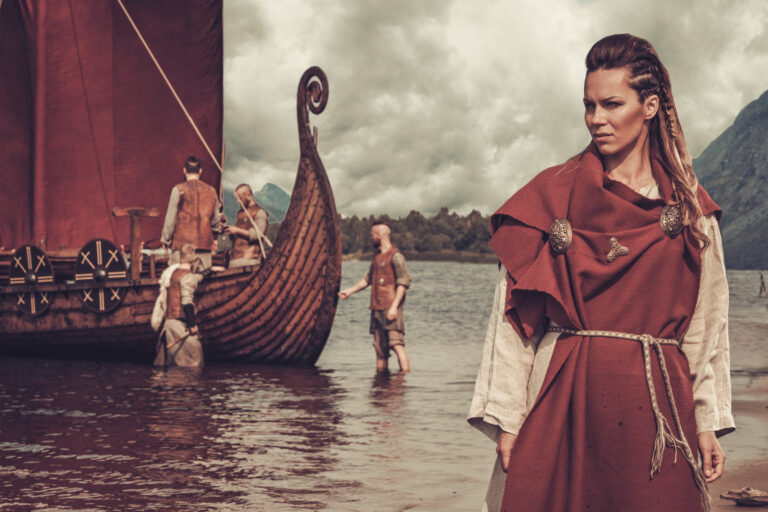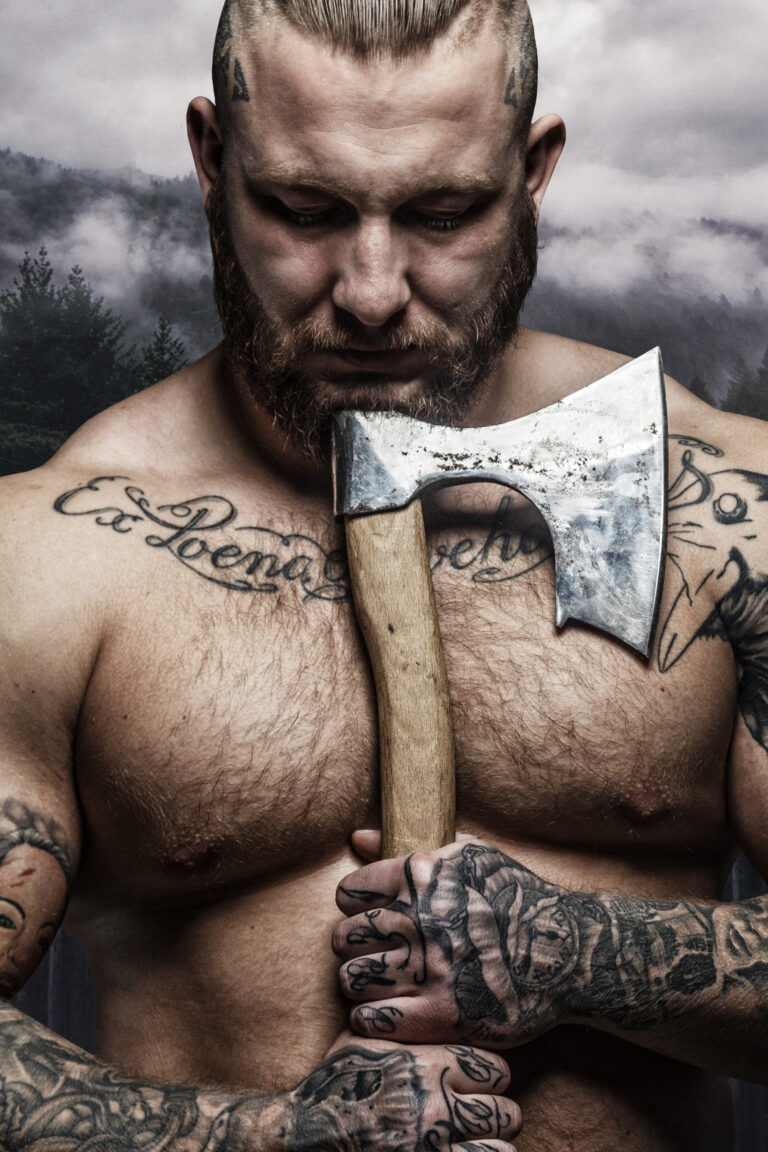Viking Age Medicine: Staying Healthy in the Sagas

When I was in my fourth year of my undergraduate degree I took a class simply calling “Viking History”. At the end of the year we had to write a research paper and I chose “Viking Age Medicine: Staying Healthy in the Sagas” as my topic. I remember being surprised by how much knowledge they possessed about the human body, and what procedures they were able to attempt. Death rates were clearly high. Wounds from battle would often lead to death. If this wasn’t immediate, then infection was a very real threat.
But recovering health was possible. Vikings used a lot of what we might deem alternative medicines, like plants. There was of course, a certain element of magical belief when it came to wellness. This article will examine the kind of care Vikings could expect to receive. It will also look at who provided care, and how successful it could be.
How did they Promote Good Health
To begin, let’s look at what kind of Viking Age medicine was known to promote good health. Like many ancient tribes, herbal medicine was known to the Vikings, and used to promote a long life. Saga literature and sources from the 13th century tell us that classical herbal remedies existed. The people of Northern Europe would have made use of local herbs specific to their environment. These would have been dangerous procedures, but if you made a daring escape, you might need to tend to some battle injuries. The risks associated with testing some medical knowledge on the field was worth it. With no urgent care clinics to rush to, the alternative was death.
The Basics of Care
It’s pretty common to find some level of care in most societies. From the minute we sort of formed into packs and began caring about one another, humans had a vested interest in keeping loved ones alive. So, some basic first aid wouldn’t be strange to see in any group of people. A few procedures that are mentioned are: lancing of wounds, the ability to clean wounds, setting broken bones, bandaging body parts, preparing herbal remedies (they likely eventually traded knowledge of anglo-saxon remedies), and they practiced midwifery.
Medicine in the Law
The sagas give us information on medical practice, but we find evidence of practices from the 13th century lawbook Grágás, as well. In this text we see it said “one must hold harmless a person who bleeds or cauterizes someone for the good of their health”. This suggests that Vikings were able to execute both of these procedures. Though it does not sound like they were overly effective, if there had to be a law stating that we shouldn’t fault those who probably cause death by attempting to bleed another. In modern medicine we kind of call this “the good Samaritan law”. We don’t hold people at fault (at least here in Canada) for trying to intervene to save another life.
For more on the laws that existed during the Viking Age, check out this post on their open-air assemblies and the creation of law books.
There were lots of Injuries
I can’t tell you how many injuries you will read about when you peruse the pages of a saga. I remember counting the amount of people who were causally stabbed with a spear in the Sturlunga Saga and it was well into the double digits. One thing that is markedly absent from the saga literature is emotion. It would be interesting to see how fearful people were of receiving life-threatening injuries, and how scared they were of pain, or dying. However, cultural norms of the time really championed hero culture, and the belief in Valhalla. This meant there should be glory in dying in battle. So even if someone screamed like a baby during a surgical procedure and begged for their life, it wouldn’t be very heroic to write that in the obit.
Skeletal Remains show Evidence of Healing
Sagas are not the only evidence we use to study medical treatments of minor injuries. Skeletal remains from the Viking Era show us that a broken bone such as an arm or leg could be cared for with a simple procedure of setting, and bandaging to allow healing.
Burials have also unveiled information about Viking Age medicine as it pertained to dental health. Vikings did visit trading towns, so they would have been introduced to foods from around the world. Their diet consisted of coarser foods. They had less introduction and use of refined sugars. Therefore, their teeth reflected a generally good oral health. Naturally, an aged Viking would still show considerable wear, but there was far less evidence of decay among the Vikings as opposed to Europeans of the same era. I think it’s safe to assume that diet in general would be what kept the Vikings healthy. With limited availability of the unhealthy treats you might find on the mainland, a diet of whole foods, and fresh fish and meats, coupled with plenty of hard labour would keep most in good form.
The Aged and Infirm
We also see evidence that Vikings cared for their sick, and their elderly. A serious dental problem that could occur is the build up plague on teeth. This happens today, but we have access to tooth brushes, and scope. If this condition was left unattended during the Viking age, infection might spread to the gums. This would often result in a person losing all of their teeth. We have found skeletons who have lived to an old age, but have lost all their teeth. This would require special care, as well as special meals prepared daily. Obviously, someone in their household was willing to provide this care. It is a good sign that family links were strong, and that there was an interest in preserving life, and providing dignity to the infirm.
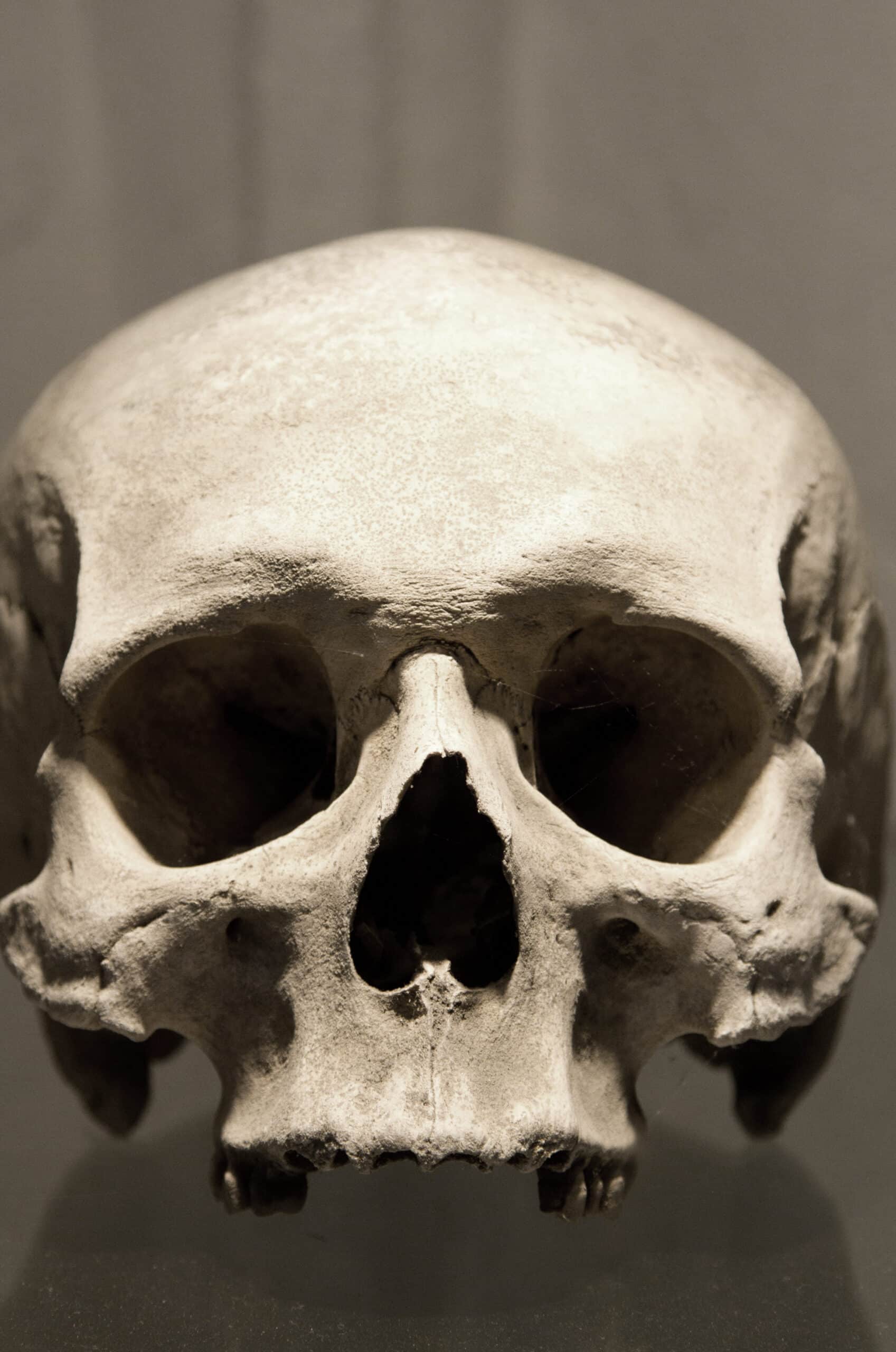
Medical Practitioners
Throughout the Norse Era, there is evidence that some men dedicated their lives to becoming medical practitioners. In Magnúss saga ins góða, King Magnus the Good is said to have chosen some specific men to bandage up his wounds from battle. These men likely displayed some medical knowledge. They became well known afterwards for their practice, and a number of physicians decended from this group. There were plenty of healing women as well, and they make appearences regularly in the saga literature.
Viking Age Surgery
From time to time a surgery might also be attempted. Wounded men sometimes showed evidence of healing after surgical procedures. A surgeon’s tools would have been rudimentary at best, and infection likely. Therefore, surgical procedure was reserved for the very desperate and successes were few and far between. As we will discuss below, sometimes surgeries would be successfully performed on the battlefield, and some men lived to tell the tale.
Diseases of the Viking Age
Before the exploration period, it’s likely that the Vikings didn’t suffer the same plagues that affected the mainland of Europe. But once Vikings began travelling to port towns for trading, they would mix with the local people. They would contract water borne diseases like dysentery, and diarrhea. They were also now susceptible to new diseases like leprosy and smallpox. These diseases naturally scared the Norse people, who had no means to slow their spread.
In the Viking saga Ljósvetninga saga, Mar is tasked with taking back one of his people who is referred to as a leper. He refuses and drops the man off on the shore. He tells his crew that he has made arrangements to have him cared for but it is later revealed that he ditched him and got the heck out of there. A mass grave from England (circa 873-874) suggests that the group of mostly adult males, probably died of disease. None appeared to have died from battle wounds.
Battle Wounds: Life and Death
As you can probably imagine, battle wounds were pretty horrific. We are talking about men charging at each other with battle axes, swords, arrows, and trying to bash each other viciously. We hear plenty of stories from the battlefields in the saga literature. Some wounds were hopeless. If someone received a massive blow to the head that results in damage to the skull, the outcome was grim. While some broken bones could be mended, we also see many that killed the unfortunate folks who suffered them. A femur, for instance, holds a great deal of blood, and a fracture of one, or both, can result in internal bleeding. Bodily fluids were hard to manage on the battle field, so many injuries would ultimately mean death.
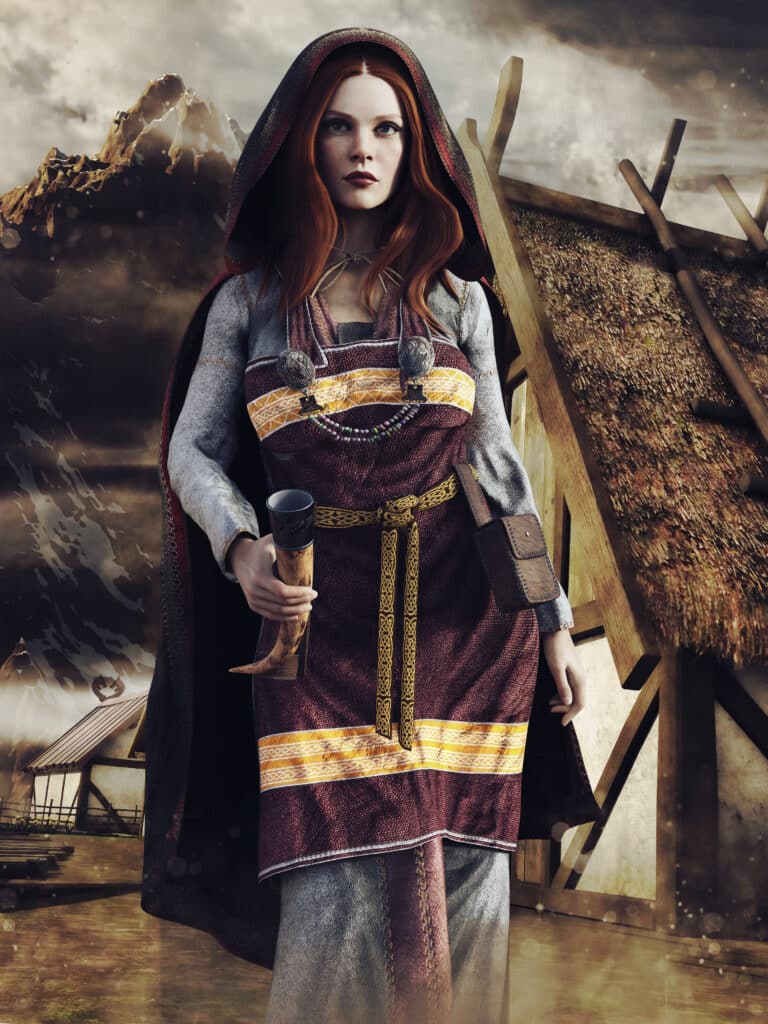
First Aid on the Field
There were some interesting descriptions of determining the severity of wounds found in the sagas. In Óláfs saga Helga, a man is struck with an arrow during battle and is taken back to a hut to be treated by a healer woman. (Yes there are instances of both men and woman being involved in the healing arts). She makes a broth for him made with leeks and onions (basically lots of things you might smell). She surmises that if he drinks the broth, and then she can smell the aroma from his wound, she will know that his vital organs were hit. This might mean that the wound is likely fatal. Perhaps this was a rudimentary way of triaging patients and determining who was worth working on.
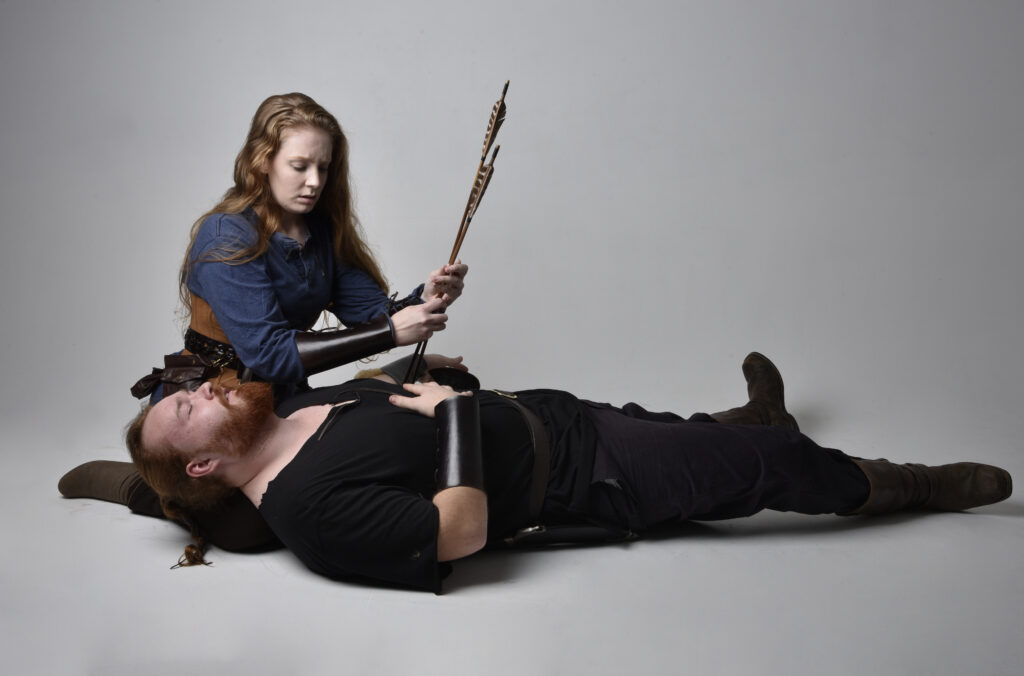
Confirming Saga Claims
Skeletal remains confirm many of the stories we see in the saga literature. Some men were said to have found in battle and received severe injuries, from which they were able to recover. There have been graves uncovered that show older wounds that have healed, and newer wounds. This proves that the man lived to fight another day, and was killed later in life after already recovering from battle injuries.
Wrapping it Up (Get it?) Ha!
Viking medicine is probably what you would expect. Viking Age medicine was kind of a crap shoot, with some success. This would most likely be determined by a good immune system, and how lucky the person was in not developing an infection. The human body can heal a lot of non-fatal wounds on its own. They did not have knowledge of germs, nor the cleanliness standards one would hope for in an operating room. Therefore, procedures were definitely dangerous, but necessary.
I didn’t get to touch on the role on magic in healing. This will come in a later post. But for now, you can go check out some viking symbols and their meaning. Many symbols were designed to protect against injury and disease.



